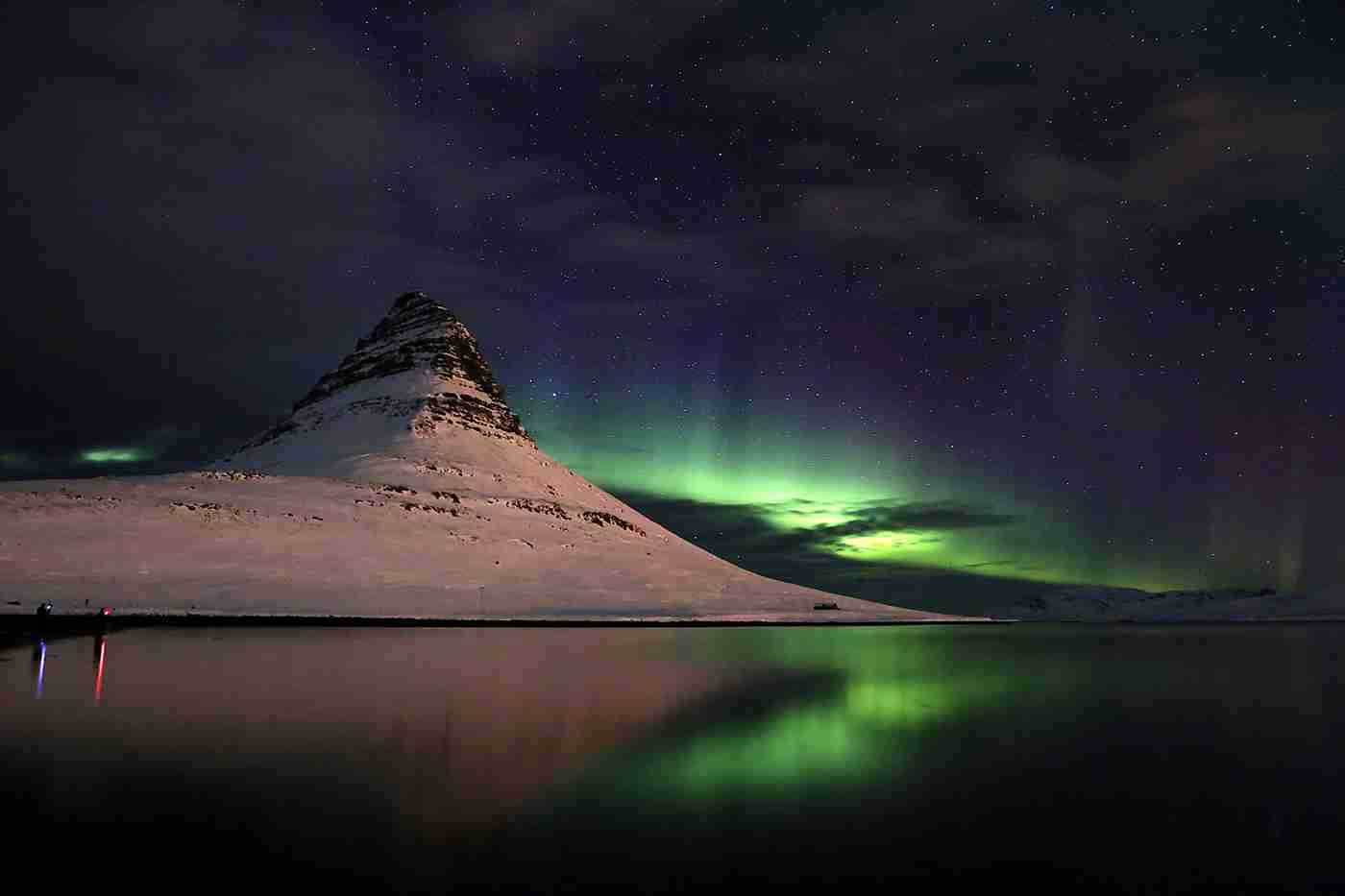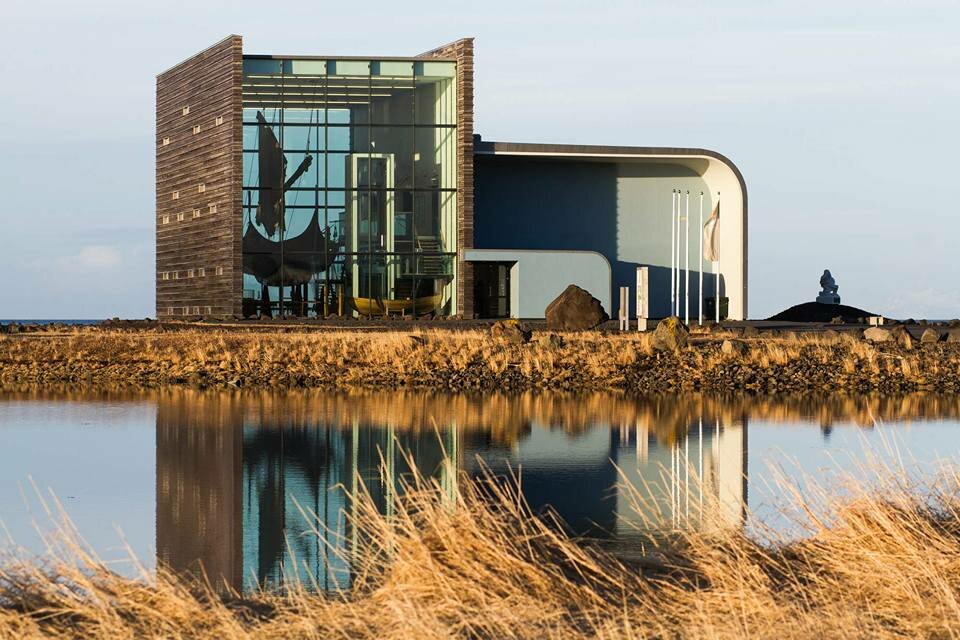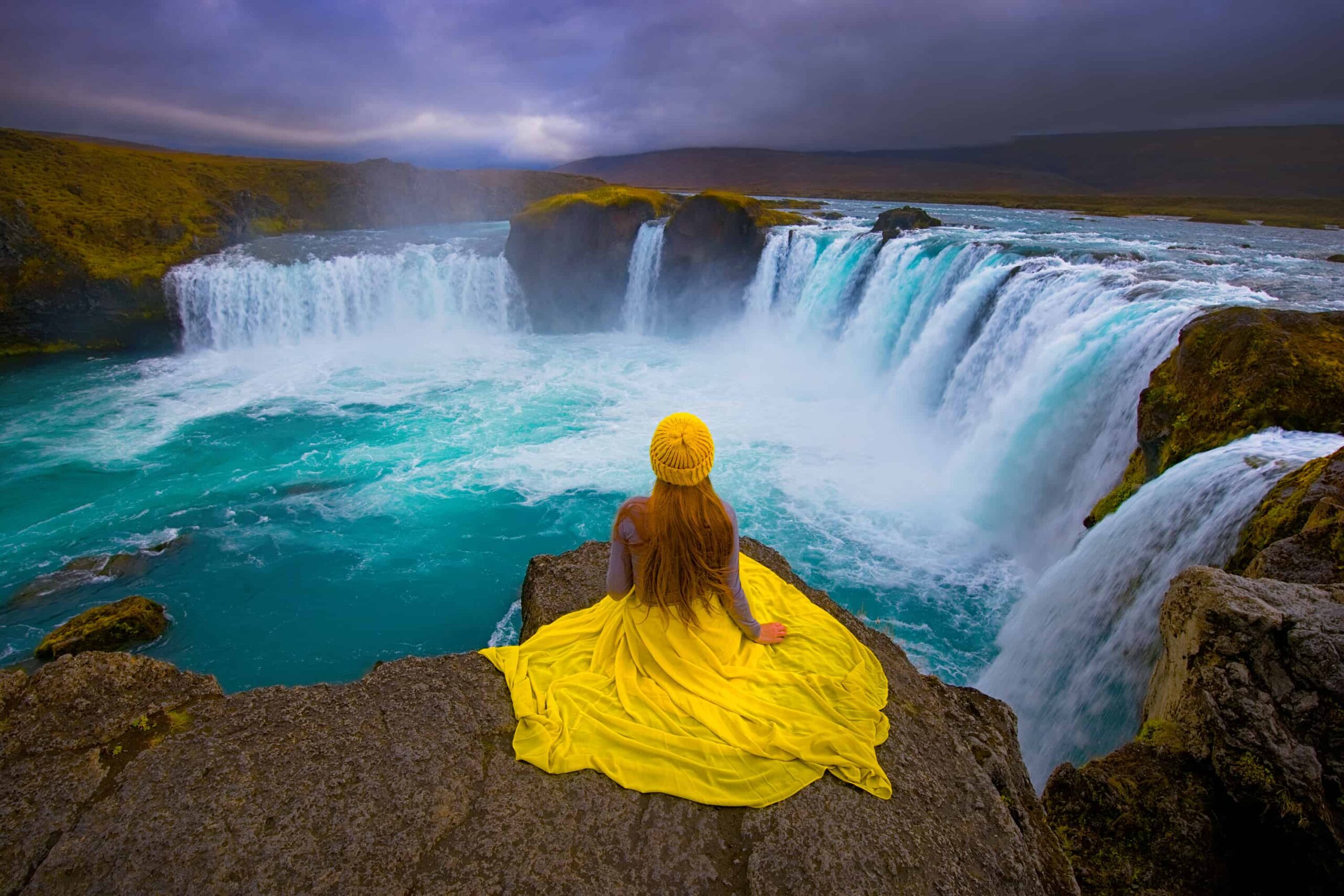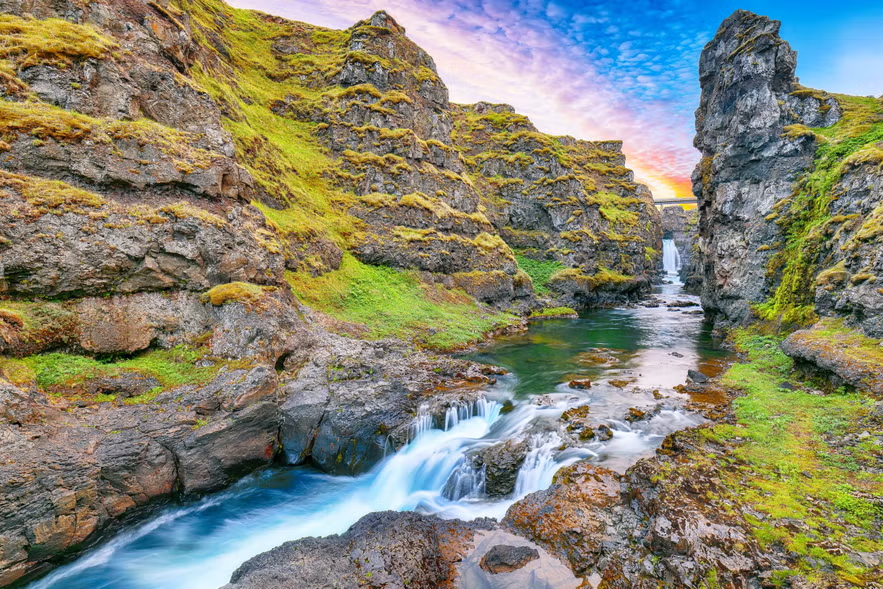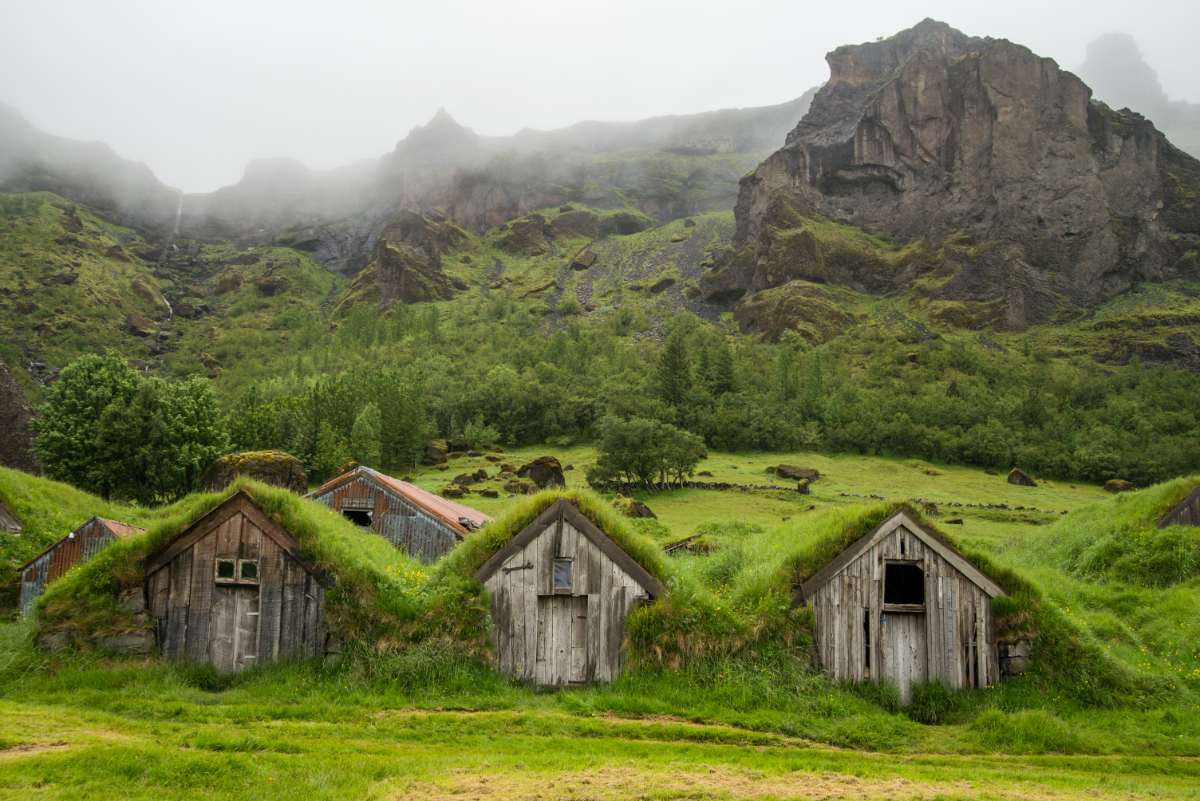Marine Life You Can See on Iceland’s Shores
Category
Categories
Travel Guide
Type
Glacier Lagoons, Bird Sights
Destination
Vatnajokull national Park
High season
Jun - Aug & Nov - Jan
Area
18 sq km
Outflow
Atlantic Ocean
Popular articles

Introduction: Iceland, a breathtaking island nation nestled between the Atlantic and Arctic Oceans, stands as a testament to our planet’s raw beauty and immense power. An extraordinary blend of fire and ice, where active volcanoes coexist with majestic glaciers, the country is unmatched in its stark contrasts and remarkable landscapes. But beyond these elemental wonders, Iceland’s coastline is home to a different narrative, one submerged in the magnificent depths of the ocean. It carries the tale of a vibrant aquatic ecosystem that continuously unfolds through the changing tides, revealing an extraordinary display of marine life. From playful puffins and basking seals to titanic whales, the marine life along Iceland’s shores is a captivating spectacle which any nature enthusiast would treasure.
1. Puffins – The Charming Sea Parrots:
Monochrome bodies accentuated with brightly colored beaks and feet, Atlantic Puffins swooping overhead are a common sight along Iceland’s coastal cliffs. They are as fondly referred to as “sea parrots” owing to their colorful appearance and adept swimming skills.
Travel Tips: Latrabjarg, in the Westfjords, is the largest bird cliff in Europe and an ideal spot to witness these charming birds, especially between May and August. Remember to maintain a safe distance from the nests to avoid disturbing these adorable creatures.
2. Harbor Seals – The Sun Worshippers:
Basking in the sun, undeterred by the curious eyes of onlookers, harbor seals and gray seals often dot the Icelandic shores. Vatnsnes Peninsula and Jökulsárlón Glacier Lagoon are popular locations to witness these creatures.
Travel Tips: Patience is key when observing seals, and remember not to climb onto the rocks as these are their breeding grounds.
3. Whales – Gentle Giants of the Sea:
Whale watching in Iceland is a priceless experience, with the opportunity to witness numerous species including Orcas, Minke Whales, Humpback whales, and even the gargantuan Blue Whales. Husavik, Akureyri, and Reykjavik are famous locations for whale watching.
Travel Tips: It’s advisable to embark on a whale-watching tour run by professional operators who follow ethical practices that prioritize the well-being of these marine giants.
Historical Culture:
The people of Iceland have deep-rooted connections with the ocean, it has vital economic, dietary, and cultural significance. Puffins, for example, were hunted by the locals for centuries and they still hold a special place in Icelandic folklore. It is believed that puffins guide fish to nets, earning the nickname ‘Prophet of the Sea’.
Moreover, old Icelandic sagas often mention seals transforming into humans and roaming the world, specifically the legend of the Sealskin, a tale about humans who live as seals in the sea. Whale watching to some Icelanders is more than cultural entertainment, it is a reminder of their long-standing relationship with these gentle giants of the sea.
Iceland’s geological placement along the Mid-Atlantic Ridge, coupled with the Irminger current that transports warm water from the Gulf of Mexico, has created a rich marine ecosystem, making the waters around the country a hotspot for a vast array of marine life.
Conclusion:
Experiencing Iceland’s richness goes beyond bearing witness to the power of thunderous waterfalls or standing on ancient lava fields. It involves immersing yourself in the whispers of the pounding surf as it recedes back into the ocean, leaving behind an ever-evolving story of its marine inhabitants. From capturing the dawn flight of puffins to watching seals bask lazily on an ice float, or feeling a rush of adrenaline as a whale breaches near your boat, these experiences stand as testaments to the enduring magic of Iceland’s marine life. Inextricably bound to the cultural, historical, and natural DNA of the island, it paints a picture of a land that echoes the rhythm of the sea, invites exploration, and fosters in you a newfound love for nature’s majestic oceanic wonders. So, put on your hiking boots, grab your binoculars, and embark on a voyage that will become a cherished memory in your lifetime’s cache of adventures. There is no time like the present to answer the call of the wild and experience the wonders that await you on Iceland’s shores. As you explore these natural habitats you don’t just witness marine life, you become a part of it, gaining insights that transcend the limits of your understanding about the world and fostering a deeper connection with nature.
Additional Notes for Expanding Content:
As the article is expanded, effort should be made to incorporate as much sensory language as possible. Describe the sounds of puffins squawking or the scent of the sea mingled with marine life. Delve into the folklore that surrounds these creatures, weaving a captivating narrative that embodies the cultural significance of these species in the lives of Icelanders. Practical, immersive tips should be included at every turn, making readers feel as if they are already planning their trip and eagerly anticipate being on Iceland’s beautiful shores, witnessing their marine marvels firsthand.

